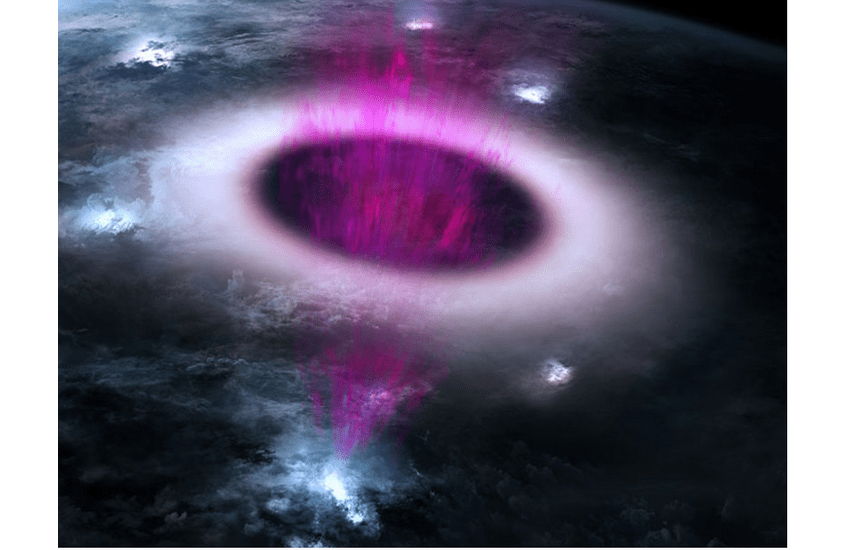Credit: Birkeland Centre for Space Science and MountVisual
BCSS scientist Martino Marisaldi was recently informed by the Research Council of Norway that his research project about lightning, terrestrial gamma-ray flashes and gamma-ray glows had been awarded 12 million NOK. The full project title reads: «TAO – TGF Airborne Observatory. Understanding the link between lightning, terrestrial gamma-ray flashes and gamma-ray glows».
 Assoc. Professor Martino Marisaldi
Assoc. Professor Martino Marisaldi
«This project brings together a team from BCSS plus collaborators from several institutions in the US, and is aimed at observing and characterizing Terrestrial Gamma-ray Flashes and Gamma-Ray Glows and their relation to lightning» Martino explains.
«The observations will be carried out by an aircraft campaign coordinated with radio observations from the ground. The payload on the aircraft will include a suite of gamma-ray detectors developed at BCSS / Space Instrumentaiton / Microelectronics groups, plus other detectors (optical, gamma-ray, electric field) from collaborators».
The kick-off will be in December 2021, and the project has a duration of 49 months, ending in December 2025. The flight campaign will take place in the summer of 2023. Before that date most of the activity will be devoted in the preparation of the flight campaign (detector setup and calibration, software development, science planning), following the flight campaign the activity will be devoted to data analysis, science communication and dissemination.
«Our goal and ambition is to obtain the best observations of TGF and associated lightning process with the highest resolution ever obtained» Martino says. «We want also to characterize the extension in space and time of the long-lasting gamma-ray glows, and undestand their relation to the much shorter TGFs».
Other BCSS people (besides Martino Marisaldi) involved in the project are Nikolai Østgaard, David Sarria and Andrey Mezentsev. Also, people at the Space Instrumentation and Microelectronics group will be involved in the detector realization and calibration and in the support to the flight campaign. In addition, a three year postdoc will be hired to support the observation campaign and the data analysis.




